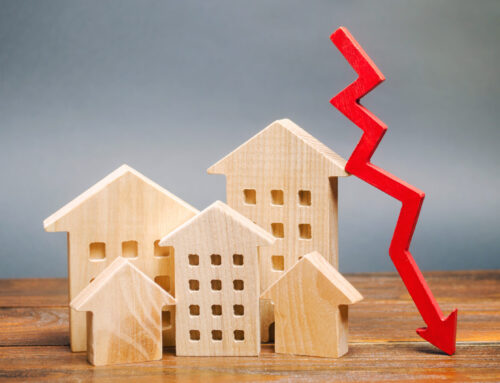The commercial real estate (CRE) reporter Konrad Putzier recently published a fascinating article in the Wall Street Journal (WSJ) about the sector’s resilience, and specifically investors’ confidence in that resilience. Published in May 2020, the article unpacks the factors that have worked into the sentiment analysis, showing that despite the hard knocks of the pandemic, there is a lot of positivity about the future of CRE.
No small troubles
In many ways, CRE was a prime candidate to be severely impacted by shelter-at-home orders and the migration of workers to their homes. High-rise office buildings, the report starts, stood largely empty, and around a half of hotel rooms went unoccupied. Retail was also under severe pressure. Despite these layered burdens, the CRE market in the US remained relatively strong and is looking up in 2021.
“Prices fell far less than after the 2008 financial crisis and are already rising again,” he writes. “The number of foreclosures barely increased. Pension funds and private-equity firms are once again spending record sums on buildings.” This is, the article argues, partly due to the federal government taking bold measures to support landlords and protect them from “suffering steep losses”.
According to Green Street analytics quoted in the piece, CRE prices did fall some 11% in the March to May 2020 period (compared to 37% after the 2008 crash), but have rebounded by 7% – “erasing more than half their pandemic declines”.
Investor confidence
The sector’s other saving grace is that it remains a darling of investors. The WSJ points to “big global pension funds… raising their allocations to commercial real estate”. Private investment funds with a real estate focus had $356 billion in cash reserves in April, and a study from Cornell University and Hodes Weill & Associations found that 29% of large institutions said they planned to increase their CRE exposure.
Inflation haven
Analysis from Globe St underlines some of the same findings as the WSJ report, specifically in that real estate is profiting from its perception as an inflation hedge, and despite a high vacancy rate for offices, it describes analysts as “still bullish on the sector”. In fact, real estate investment trusts (REITs) have been the best performing asset class in 2021 so far.
Moody’s however takes a more cautious view. Also speaking to Globe St, they say, “while industrial will remain steady and multifamily family rents and vacancies will turn around in the short term, the future of office, retail, and some hotel subtypes is uncertain”.
Part of the package
The contemporary CRE investor can however bet on both outcomes through diversification. Writing for the Forbes Real Estate Council, Andrew Lanoie of The Impatient Investor has penned an even-handed explanation of the divergence of real estate and CRE prospects in tough economic times, and how CRE in the investment portfolio – diversified by type and region – can still carry its weight in your wealth strategy.
In fact, he concludes “investing in commercial real estate the right way can shield your portfolio from the next downturn.”






